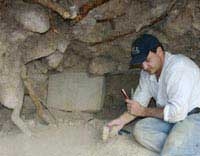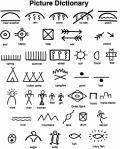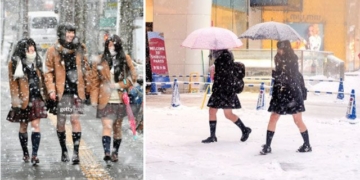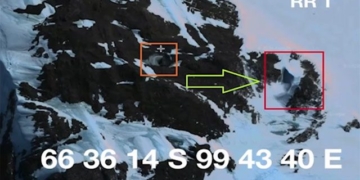“The Death Observatory” has recently been excavated in the Netherlands, consisting of burial mounds aligned precisely with celestial events, along with remnants of mysterious rituals.
According to Live Science, this structure, nicknamed the “Stonehenge of the Netherlands,” is a 4,500-year-old site containing dozens of graves dating from 2500 to 1200 BC.
However, it is not an ordinary cemetery: The burial mounds are arranged to form a chilling astronomical observatory.
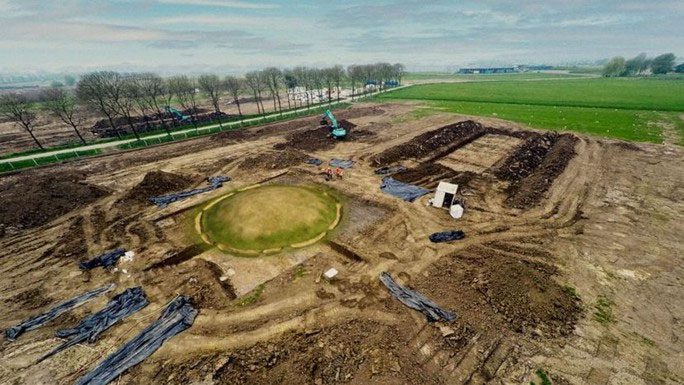
“The Death Observatory” in the Netherlands – (Photo: TP Tiel).
A team of archaeologists from Tiel, Netherlands, has taken over the site. Analysis shows that the ancient burial mounds are aligned with the Sun and the solstices and equinoxes of the year (Summer Solstice, Winter Solstice, Spring Equinox, Autumn Equinox).
The largest mound contains the remains of women, men, and many children who died during this period; while many individual graves are scattered around. Some were buried, while others were cremated before burial.
The arrangements clearly indicate that the area was used as a primitive observatory, where celestial bodies were observed to predict agricultural seasons. The largest burial mound marks the movement of the Sun and served as a kind of calendar.
Several valuable artifacts were intentionally buried in positions related to astronomy, such as a bronze spearhead positioned upright to catch sunlight through a hole in the overall structure of the observatory.
The burials were shrouded in mysterious rituals; while each additional burial served a specific role in subsequent ceremonies.
Some hollow pits, stakes, and buckets were also found in the area, possibly used for purification rituals.
“The Death Observatory” was discovered accidentally in 2016 amidst an industrial area. Scientists spent about a year excavating it and uncovered over 1 million artifacts spanning the Stone Age, Bronze Age, Iron Age, Roman occupation, and the Middle Ages.
They spent six years analyzing and piecing together the artifacts, and research is still ongoing.









































